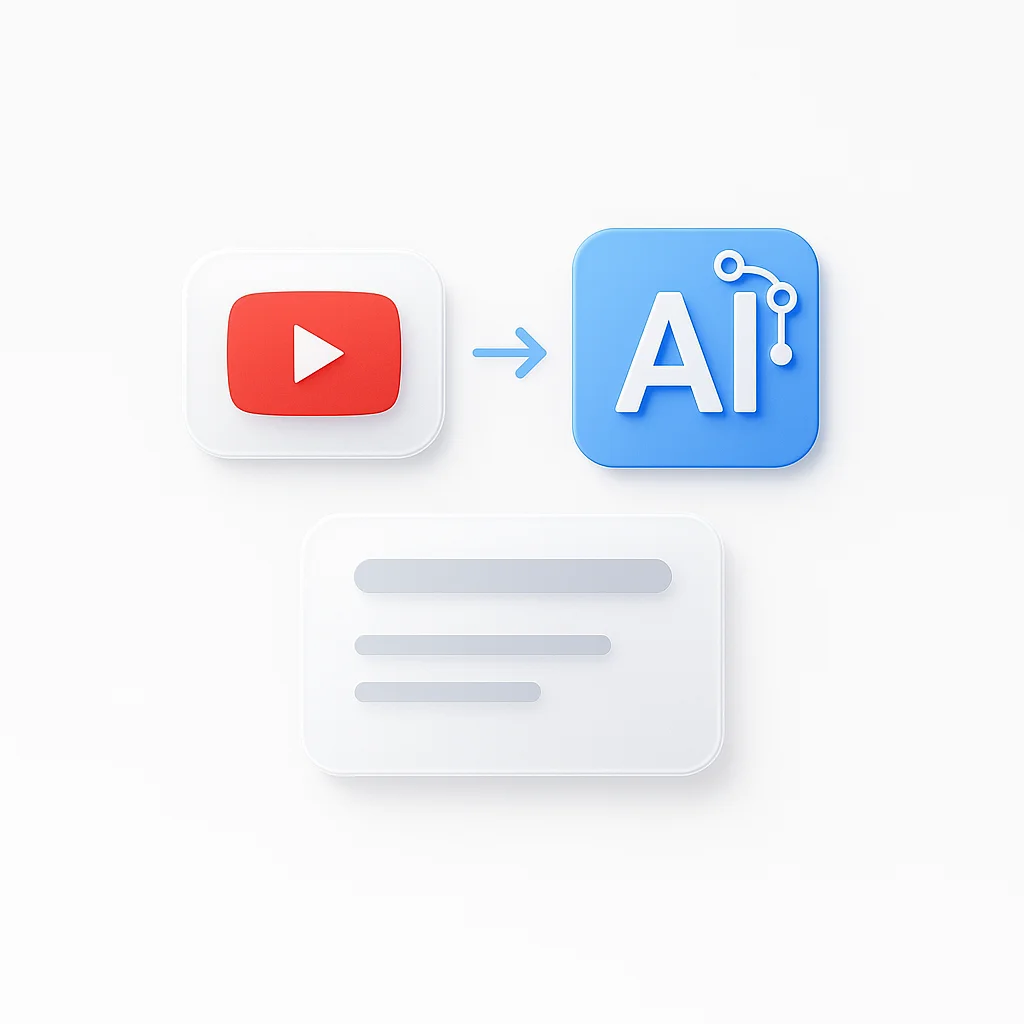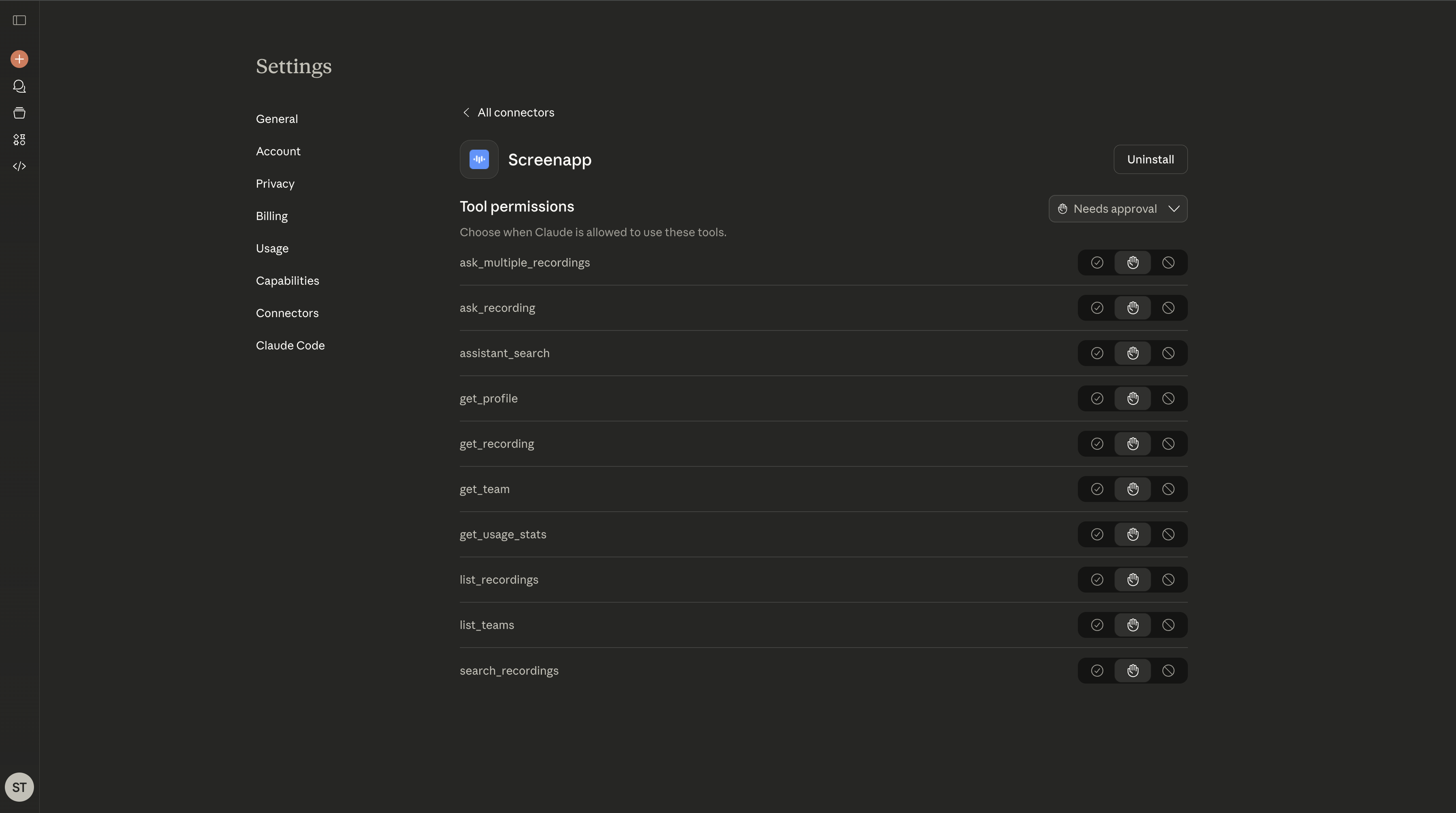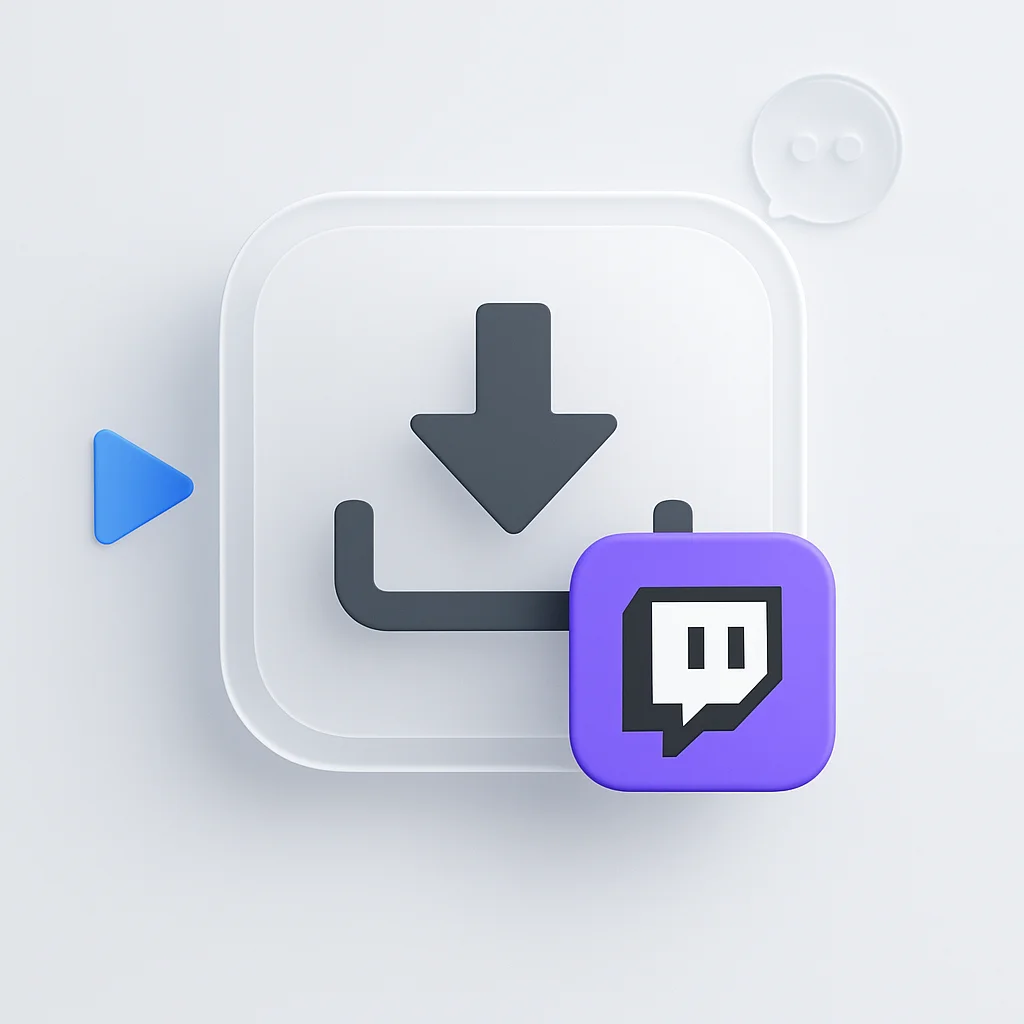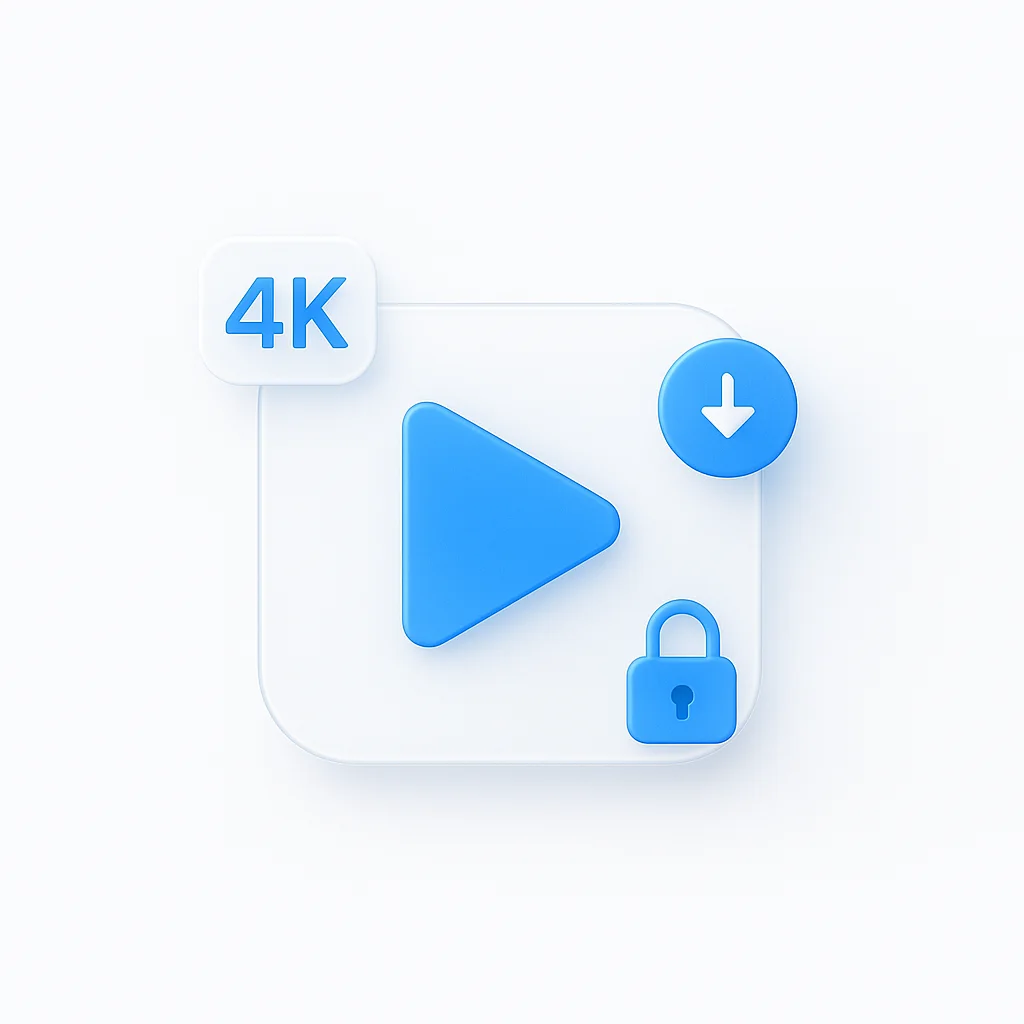Your YouTube videos are a goldmine of content, but are you leaving traffic on the table by ignoring audiences who prefer to read? Video-to-blog repurposing is the ultimate strategy to boost SEO and double your content output without doubling your workload.
According to HubSpot’s 2024 Video Marketing Report, 91% of businesses use video as a marketing tool, yet only 23% effectively repurpose their video content into other formats. This gap represents a massive opportunity for content creators looking to maximize their reach and improve their search engine rankings.
Quick Answer: The AI-Powered Workflow
✅ Yes, you can automatically turn a YouTube video into a blog post
The best method is a two-step AI process: first, use a transcription tool like ScreenApp's AI Note Taker to get an accurate transcript of your video. Second, paste that transcript into an AI writer like ChatGPT or Jasper with a prompt to rewrite it as a well-structured article.
Why You MUST Repurpose Your Videos into Blog Posts
Dominate Google Search (SEO)
Text-based blog posts are more easily indexed by Google than video content alone. A well-structured blog post provides multiple opportunities to target long-tail keywords and answer specific user queries.
Research from Search Engine Journal shows that content with 1,000+ words receives 77% more backlinks and 56% more social shares than shorter content.
Reach a New Audience
Not everyone prefers video content. Some users prefer reading over watching, especially when they need to quickly scan for specific information. By converting your videos into blog posts, you can capture this audience segment and increase your overall content reach.
Create More Content in Less Time
The core benefit of an efficient repurposing strategy is content multiplication. Instead of creating entirely new content from scratch, you're leveraging existing video content to create additional valuable assets for your audience.

How to Turn a YouTube Video into a Blog Post (The 4-Step Workflow)
🎬 Complete Video-to-Blog Conversion Process
Get an Accurate Transcript
Method A (Free): Use YouTube's built-in auto-transcript feature. While convenient, this method often produces less accurate results, especially for technical content or videos with background music.
Method B (Recommended): Use a dedicated AI transcription tool for higher accuracy. Tools like ScreenApp's AI Note Taker provide 99%+ accuracy and can identify different speakers, making them ideal for interview-style content.
Edit & Clean Up the Transcript
Remove filler words ("um," "ah"), correct names, and fix punctuation to create a clean base for the AI writer. This step is crucial for producing high-quality blog content that reads naturally.
Use an AI Writer to Create the Blog Post
Here's a sample prompt you can use:
"Act as an expert copywriter. Turn the following video transcript into a well-structured, engaging blog post. Use clear headings, subheadings, and bullet points. Add an introduction and a conclusion. Maintain the original speaker's voice and key insights while making it readable for a blog audience."
Finalize, Add Visuals, and Publish
Add screenshots from the video, embed the original YouTube video in the post, and do a final proofread. This step ensures your blog post provides additional value beyond the original video content. If you need to capture additional clips or walkthroughs, here's a quick guide on how to screen record on Mac.
Top 8 Best AI Tools to Convert Videos into Blog Posts 2025
1. ScreenApp
Overview: ScreenApp's AI Note Taker is the ultimate solution for converting videos into blog posts. It provides 99%+ accurate transcription with intelligent summarization and can automatically structure content into blog-ready formats.
Best For: Content creators who want the most comprehensive video-to-blog workflow with AI-powered content structuring.
Key Features:
- 99%+ transcription accuracy with AI enhancement
- Automatic content structuring and summarization
- Speaker identification and timestamp tracking
- Direct integration with popular content platforms
- AI-powered key insights extraction
- Multiple export formats (Markdown, HTML, Plain text)
2. Descript
Overview: Descript is a powerful video/audio editor that works like a document. Its transcription is best-in-class, making it the perfect starting point for your video-to-blog workflow.
Best For: Creators who want the most accurate transcript possible with built-in editing capabilities.
Key Features:
- 99%+ transcription accuracy
- Built-in text editor for transcript cleanup
- Speaker identification
- Export options for various formats
3. Otter.ai
Overview: While known for meeting notes, Otter.ai's transcription engine is excellent for any spoken-word video, identifying different speakers and key terms.
Best For: Interview-style videos or webinars with multiple speakers.
Key Features:
- Real-time transcription
- Speaker identification
- Keyword extraction
- Integration with popular video platforms
4. ChatGPT (GPT-4o)
Overview: Once you have your transcript, ChatGPT is the best tool for the actual writing. Its ability to understand context and restructure content is unmatched.
Best For: Everyone. The most versatile tool for turning a transcript into an article.
Key Features:
- Advanced natural language understanding
- Customizable writing styles
- SEO optimization capabilities
- Multiple output formats
5. Jasper.ai
Overview: Jasper is a premium AI writer with pre-built templates for blog posts. It excels at adopting a specific brand voice and optimizing content for SEO.
Best For: Marketers and businesses who need high-quality, on-brand content.
Key Features:
- Brand voice customization
- SEO optimization tools
- Pre-built content templates
- Team collaboration features
6. Pictory.ai
Overview: An AI that excels at going the other way (text to video) but also has good summarization features for video content.
Best For: Creators who want to work with both video and text content.
Key Features:
- Video summarization
- Text-to-video conversion
- Automated highlight creation
- Social media optimization
6. Veed.io
Overview: A simple online video editor that provides easy transcription and subtitling, giving you a text base to work from.
Best For: Beginners who want an all-in-one solution for video editing and transcription.
Key Features:
- Easy-to-use interface
- Built-in transcription
- Subtitle generation
- Basic video editing tools
7. Swell AI
Overview: An AI writer specifically designed for repurposing audio and video content into articles, show notes, and social media posts.
Best For: Podcasters and video creators who need specialized repurposing tools.
Key Features:
- Specialized for audio/video content
- Multiple output formats
- Show notes generation
- Social media content creation
Why This Workflow Works: The Strategic Benefits
🎯 Key Benefits of Video-to-Blog Repurposing
Improved SEO Performance
Blog posts provide more opportunities for keyword optimization and internal linking compared to video content alone.
Expanded Audience Reach
Capture readers who prefer text content and increase your overall content consumption rates.
Time Efficiency
Leverage existing content to create additional valuable assets without starting from scratch.
Enhanced Link Building
Blog posts are more likely to earn backlinks and social shares, improving your overall domain authority.

Frequently Asked Questions (FAQ)
Can ChatGPT turn a video into a blog post by itself?
Not directly from a video file. You first need to provide ChatGPT with the video's transcript. Once it has the text, it is extremely effective at writing a blog post from it. For the best results, use a dedicated transcription tool like ScreenApp's AI Note Taker to get an accurate transcript first.
What is the best YouTube video to blog AI free tool?
The best free workflow is to use YouTube's free auto-transcript feature (Step 1) and then paste that text into the free version of ChatGPT (Step 3). However, for better accuracy, consider using ScreenApp's free transcription tool which offers higher accuracy than YouTube's built-in feature.
How long should a blog post repurposed from a video be?
A good rule of thumb is to aim for at least 1,000-1,500 words for a standard 10-15 minute YouTube video to ensure it's comprehensive enough to rank well on Google. The length should match the depth of your original video content.
Can I repurpose the same video into multiple blog posts?
Absolutely! You can create multiple blog posts from a single video by focusing on different aspects, creating how-to guides, or extracting specific tips and insights. This is an excellent strategy for maximizing your content output.
Do I need to credit the original video in my blog post?
Yes, it's best practice to embed the original YouTube video in your blog post and mention that the content was adapted from your video. This provides additional value to readers and helps with SEO.
Conclusion: Double Your Content, Not Your Workload
The ultimate workflow for 2025 is a combination of a dedicated transcription tool like ScreenApp’s AI Note Taker for accuracy, followed by a powerful AI writer like ChatGPT for the creative work. This pairing gives you the best of both worlds: high-quality transcription and intelligent content restructuring.
By implementing this video-to-blog repurposing strategy, you can significantly expand your content reach, improve your SEO performance, and provide value to audiences who prefer different content formats. The key is to start with high-quality transcription and then leverage AI tools to transform that content into engaging, well-structured blog posts.
Ready to transform your YouTube content into powerful blog posts? Start with ScreenApp’s free AI transcription tool and see how easy it is to repurpose your video content into valuable blog articles.
Looking for more content creation strategies? Explore our guides on AI tools for content creators, video transcription best practices, or content repurposing techniques to maximize your content output.
Last updated: October 2, 2025 - Stay current with the latest AI content creation tools and strategies.






